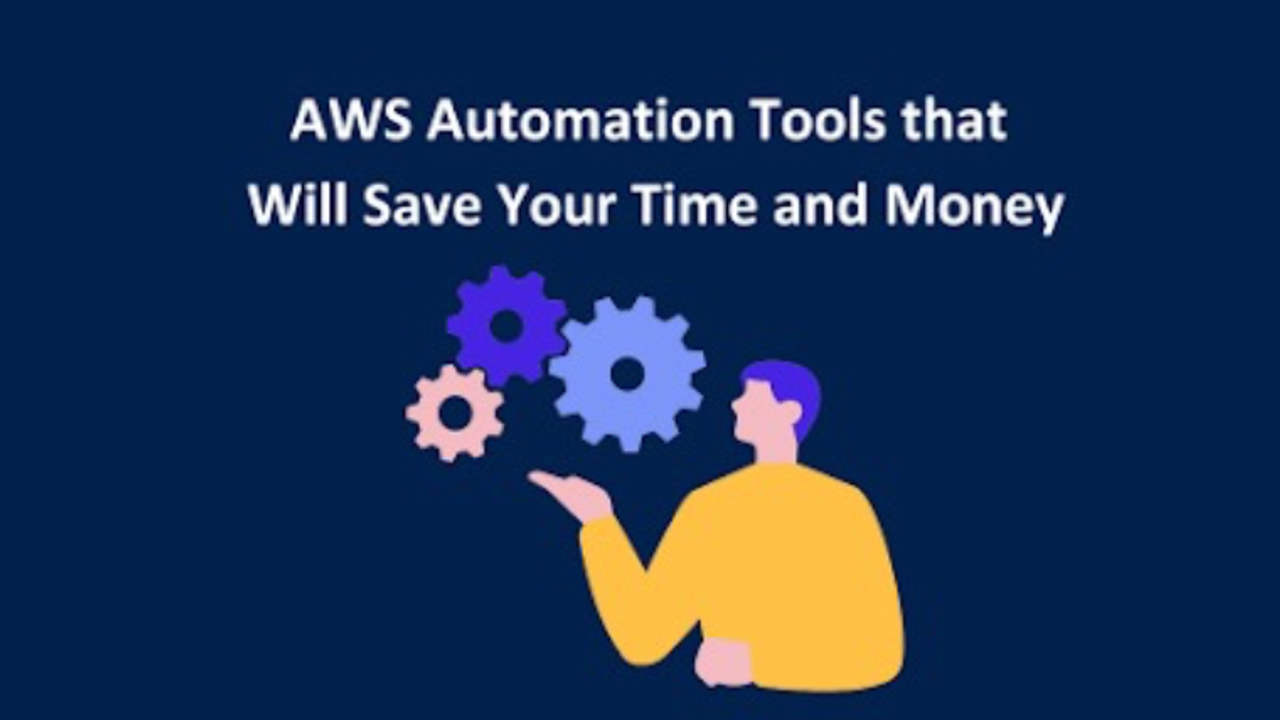What tools do you use to enhance productivity and cost-efficiency? AWS is one such tool that delivers a wide range of automation solutions to help businesses save time and money. With AWS automation tools, companies can streamline tasks such as code deployments, data workflows, and infrastructure management, freeing up valuable resources while ensuring faster, more reliable operations. Additionally, AWS Machine Learning Training has become essential for optimising processes and reducing costs. If you're wondering What is AWS, it’s a comprehensive cloud platform that provides powerful tools for businesses to thrive today.
This blog will discuss some of the most powerful AWS automation tools and how they can transform your business.
Table of Contents
- AWS CloudFormation: Automating Infrastructure as Code
- AWS Lambda: Serverless Automation
- AWS CodePipeline: Automating Software Deployments
- AWS Systems Manager: Centralised Automation for IT Operations
- Amazon CloudWatch: Automating Monitoring and Alerts
- Conclusion
AWS CloudFormation: Automating Infrastructure as Code
AWS CloudFormation is one of the essential tools to make AWS a cloud automation powerhouse. It lets businesses manage AWS resource provision and distribution by creating code infrastructure. Instead of bringing up each part of your architecture, such as EC2 instances, load balancers, and databases, CloudFormation allows you to create a template that describes all the resources you require. CloudFormation then applies creation and configuration templates to these resources to guarantee the efficient and consistent creation of infrastructure.
CloudFormation has considerable benefits, as it means one doesn’t have to perform the same operations multiple times and minimises the chances of making mistakes when configuring infrastructure. It is also easy to update servers’ setup because, once you have consciously defined your infrastructure in code, it gives a clear understanding of version control, especially if you are in the development, staging, or production domain.
Time and Cost Benefits
- Automates repetitive tasks, saving time for IT teams.
- Reduces errors caused by manual configuration.
- Scales infrastructure automatically, avoiding under- or over-provisioning.
AWS Lambda: Serverless Automation
With AWS Lambda, a serverless computing service, companies can automate backend operations without worrying about managing servers by running code automatically in response to events. Building event-driven apps using Lambda allows you to automate repetitive processes like data processing, analytics, and third-party API integration without requiring constant human intervention.
Lambda can be used, for instance, to analyse real-time data streams from Internet of Things devices or to automatically resize photographs as they are uploaded to an S3 bucket. By automating these operations and ensuring that resources are only used when necessary, Lambda helps businesses save time and keep costs down.
Lambda is a very affordable solution for workflow automation because of its pay-per-use pricing mechanism, which guarantees that you only pay for the compute time you need.
Time and Cost Benefits
- No need to manage or provision servers, reducing operational complexity.
- Automatically scales with the workload, ensuring cost efficiency.
- Pay only for the time your code runs, minimising waste.
AWS CodePipeline: Automating Software Deployments
Modern software development requires continuous integration and continuous delivery, or CI/CD, and Amazon CodePipeline is made to automate the whole software release process. With CodePipeline, developers can automate the code's build, test, and deployment phases, guaranteeing that updates are released reliably and promptly.
The integration with other AWS services is seamless. There is CodeBuild for building code, CodeDeploy for Automating deployment, and CloudWatch for monitoring. This tool means that the various steps in the pipeline must be fully automated, which reduces the chances of the human interface coming in and putting his or her input into the pipeline.
CodePipeline CI/CD automation approach expedites software delivery, minimises deployment downtime, and enables teams to release updates and new features more frequently. This agility is crucial in competitive businesses where time to market can mean the difference between success and failure.
Time and Cost Benefits
- Automates the end-to-end software release process.
- Reduces downtime during deployments, increasing productivity.
- Minimises manual errors, lowering the risk of costly rollbacks.
AWS Systems Manager: Centralised Automation for IT Operations
An all-in-one tool called AWS Systems Manager assists companies in automating and streamlining IT tasks, including resource management, patch management, and monitoring. Routine maintenance procedures, such as software updates, patch applications, and configuration across different AWS services, may be automated using Systems Manager and managed from a single dashboard.
Automation is a highly potent feature of Systems Manager that enables the creation of workflows for routine IT operations. To guarantee consistency in every deployment, you can, for instance, develop an automation document that automatically provides and configures EC2 instances according to your company's standards.
Systems Manager also helps businesses save money by assisting with resource optimisation. For example, you can use the Cost Explorer function to examine your AWS expenditure trends and find areas where automation can save expenses.
Time and Cost Benefits
- Centralises IT operations management, reducing complexity.
- Automates routine maintenance tasks, freeing up IT teams for strategic work.
- Identifies cost-saving opportunities by optimising resource usage.
Amazon CloudWatch: Automating Monitoring and Alerts
Maintaining performance and availability requires constant monitoring of cloud resources and apps, but doing it manually may be laborious and ineffective. Metrics collection, monitoring, and analysis from your AWS resources, apps, and services are automated via Amazon CloudWatch.
You can configure CloudWatch to send you automated notifications when certain performance thresholds—like low memory or excessive CPU utilisation—are exceeded. Based on these warnings, you may also automate actions to maintain the health of your infrastructure without requiring human intervention. Examples of these actions include scaling your EC2 instances or resuming a failing service.
CloudWatch automated features guarantee that your resources are constantly operating at peak efficiency, and its real-time monitoring helps avert expensive downtime and performance problems.
Time and Cost Benefits
- Automates real-time monitoring, reducing the need for manual checks.
- Automatically triggers actions based on performance metrics, minimising downtime.
- Prevents costly performance bottlenecks by ensuring resource health.
Conclusion
AWS offers automation tools that help companies cut costs, increase productivity, and save time. These solutions automate tasks, streamline workflows, and free up resources for strategic priorities, such as AWS CloudFormation for provisioning and AWS Step Functions for automating processes.
Consider The Knowledge Academy free resources for learning more about AWS tools.













